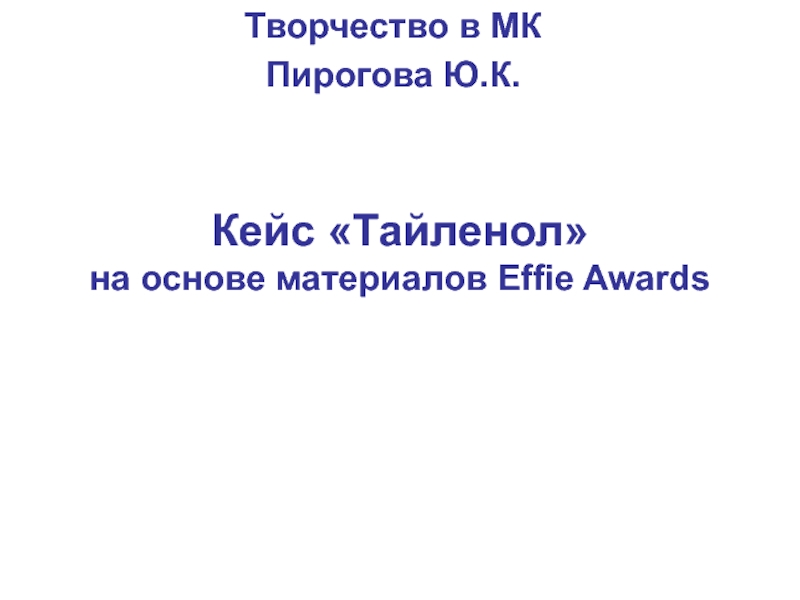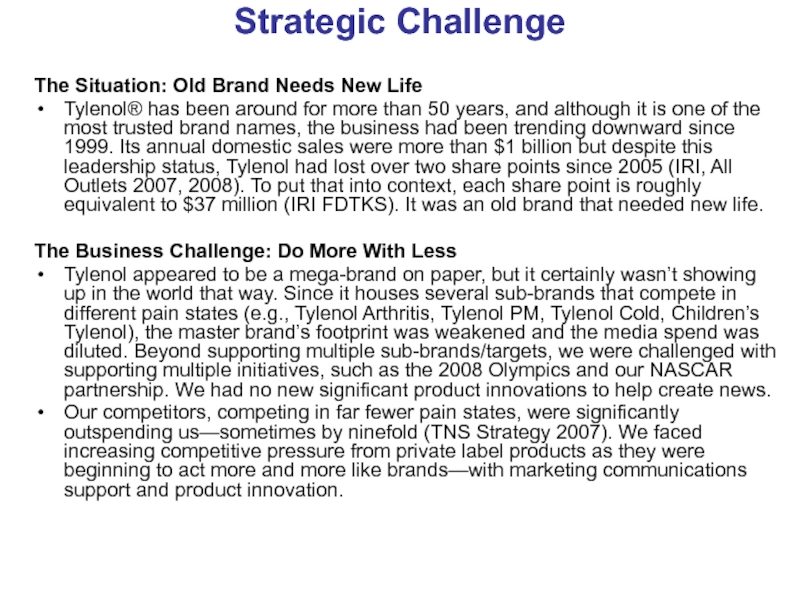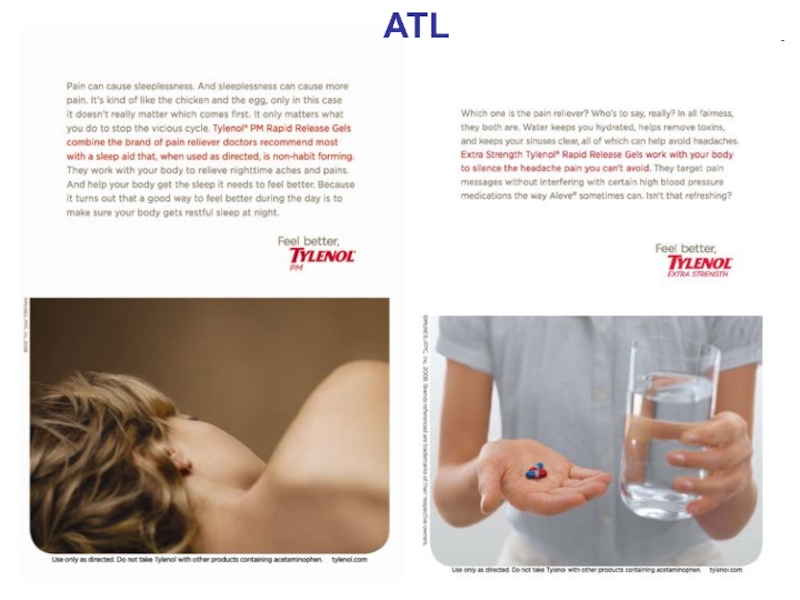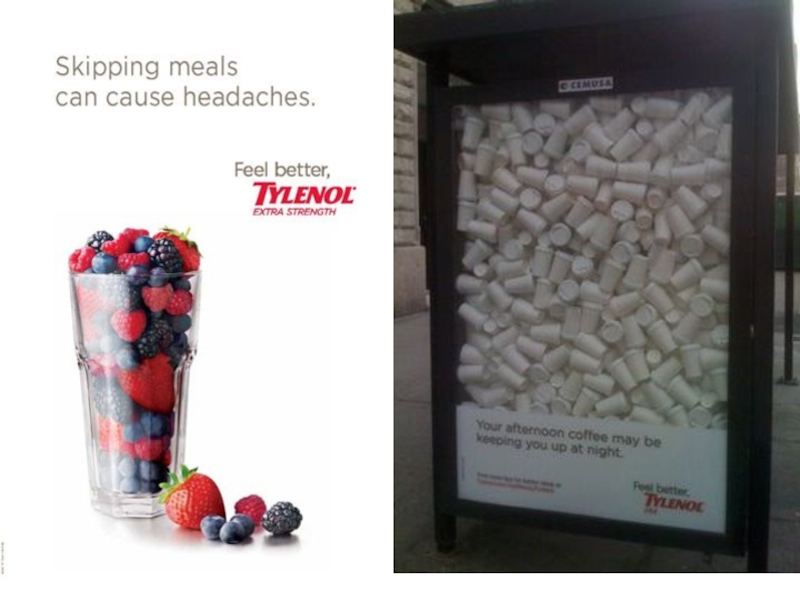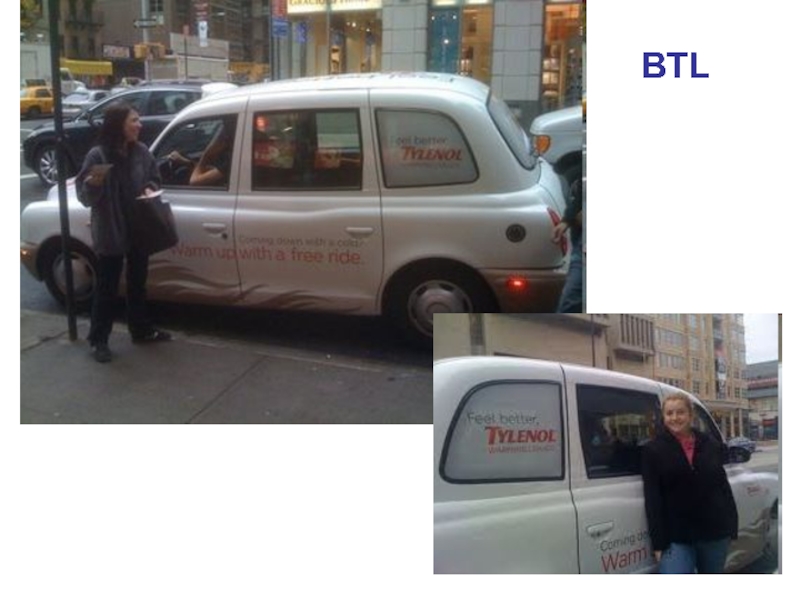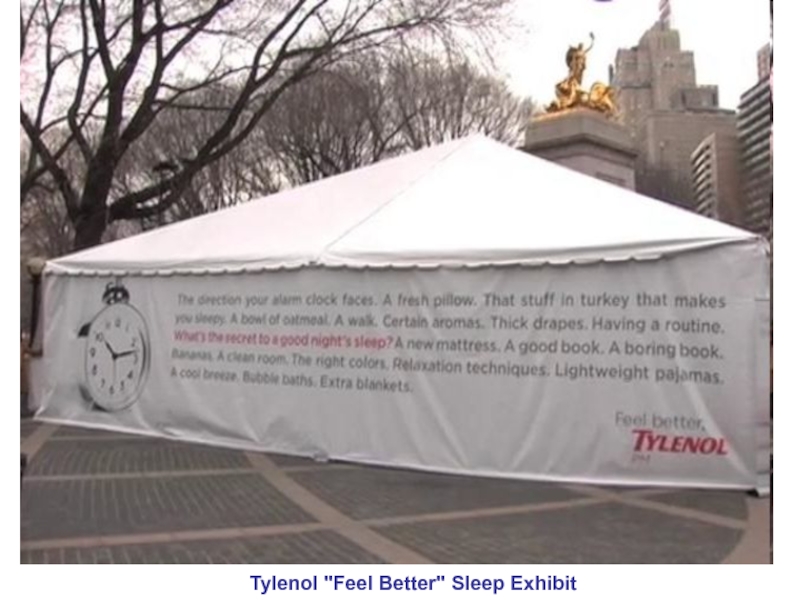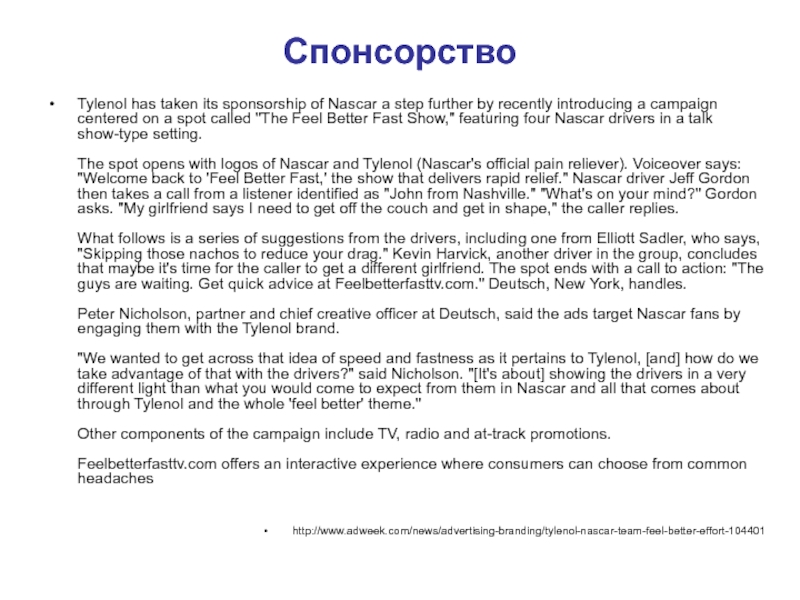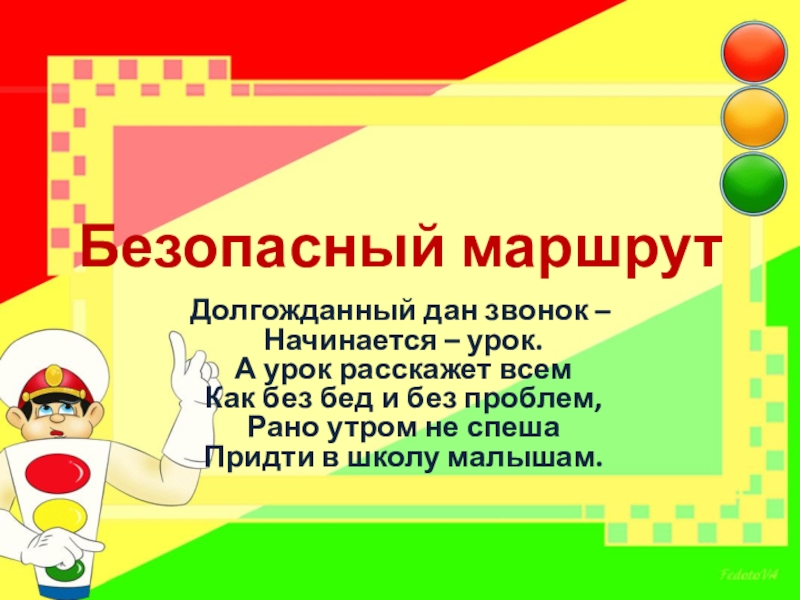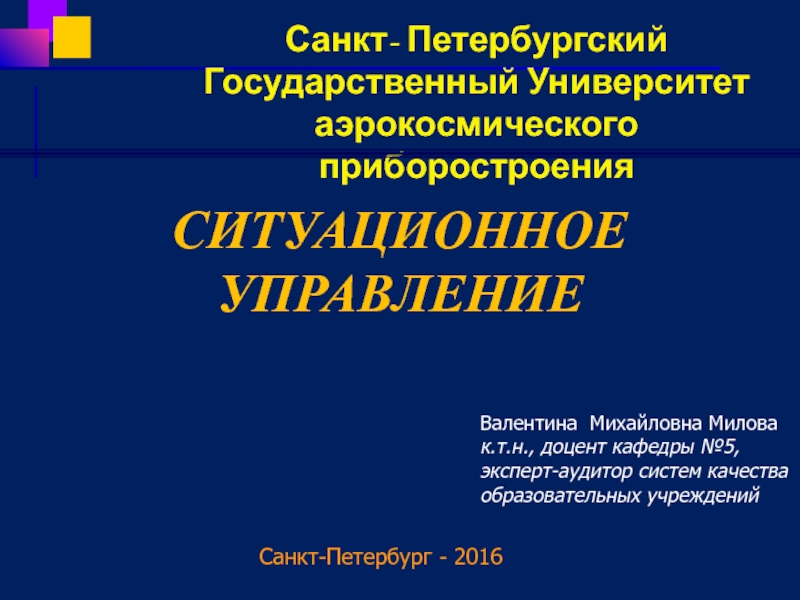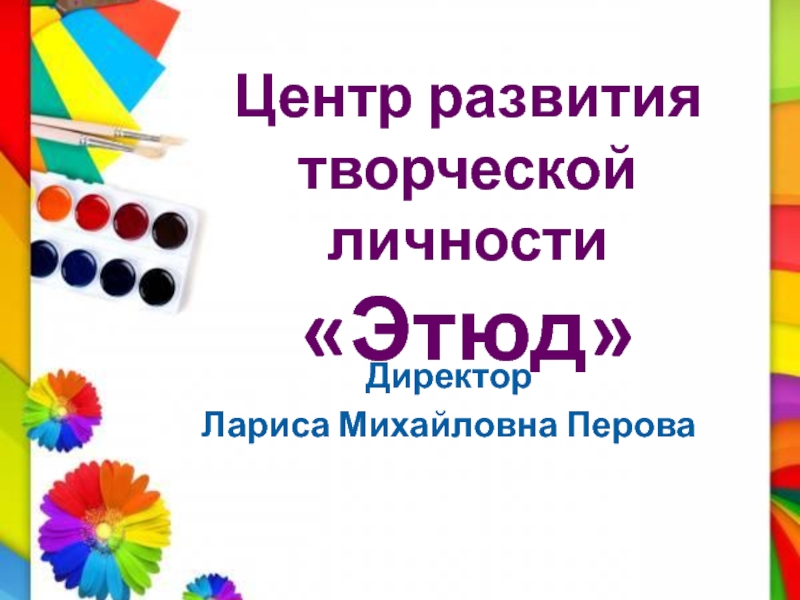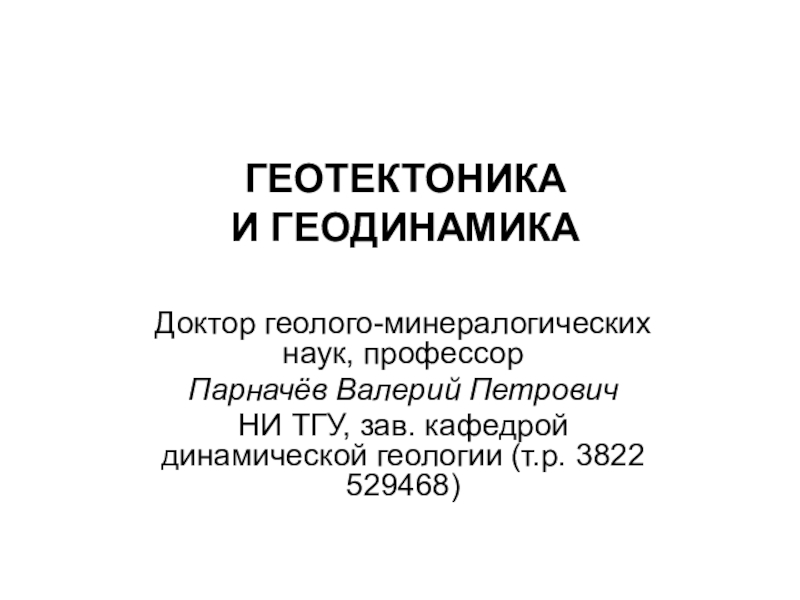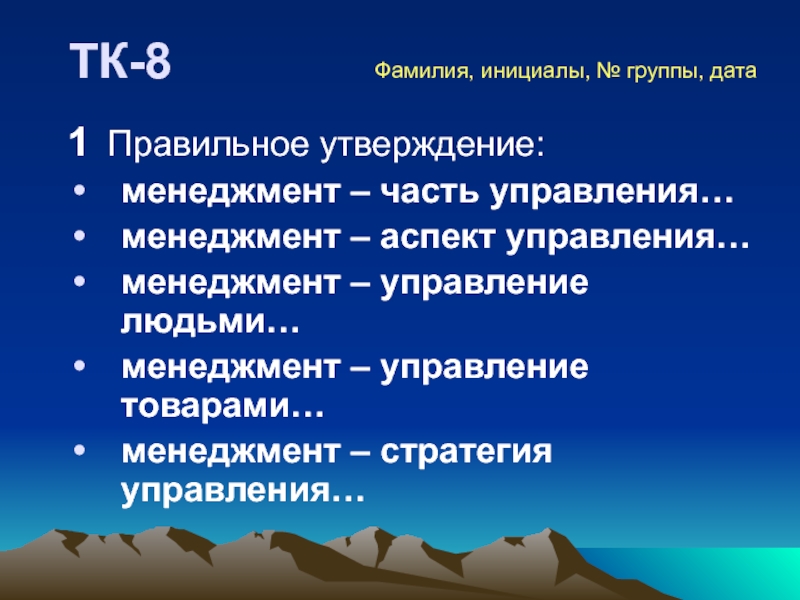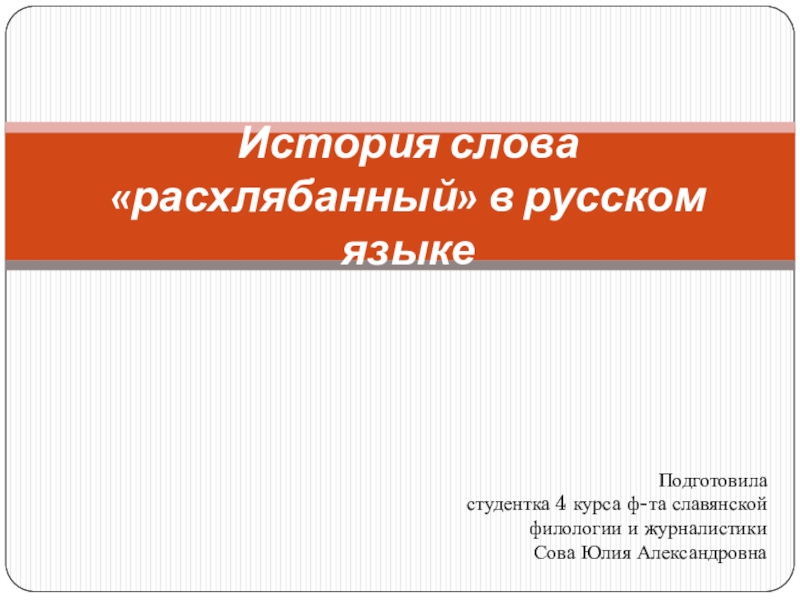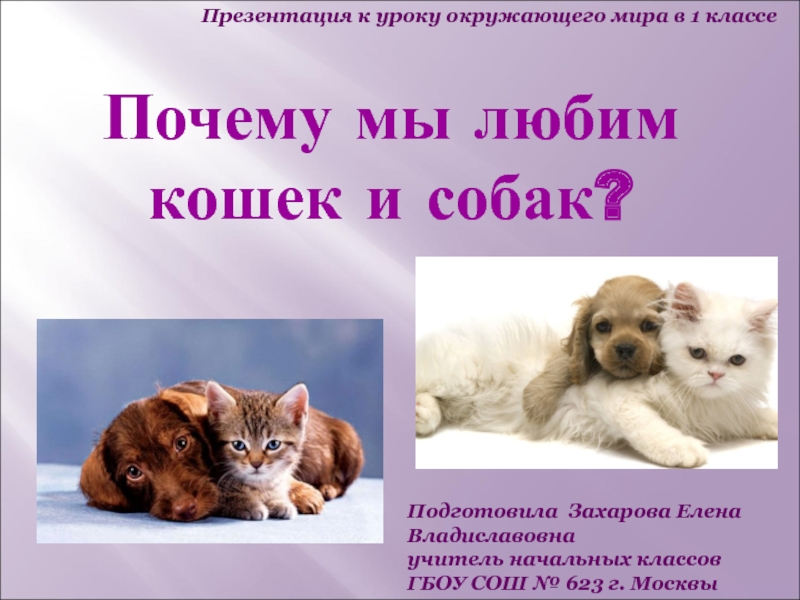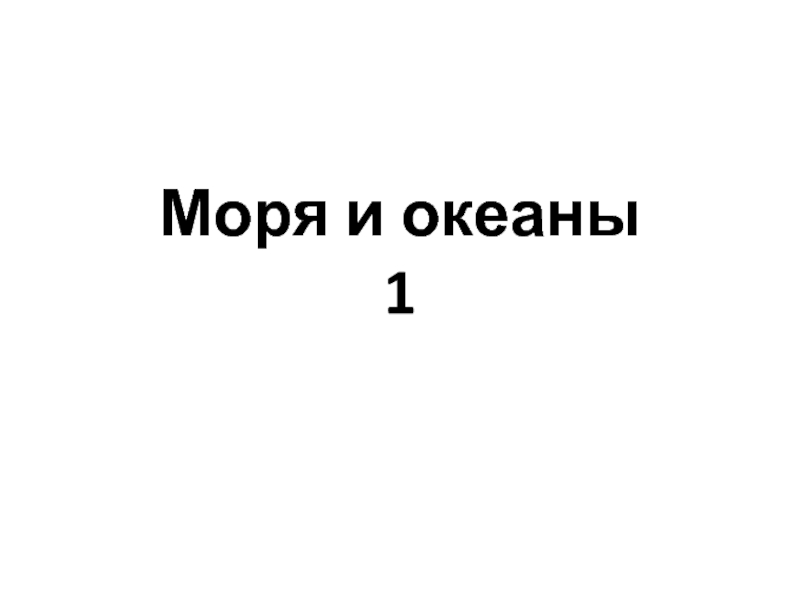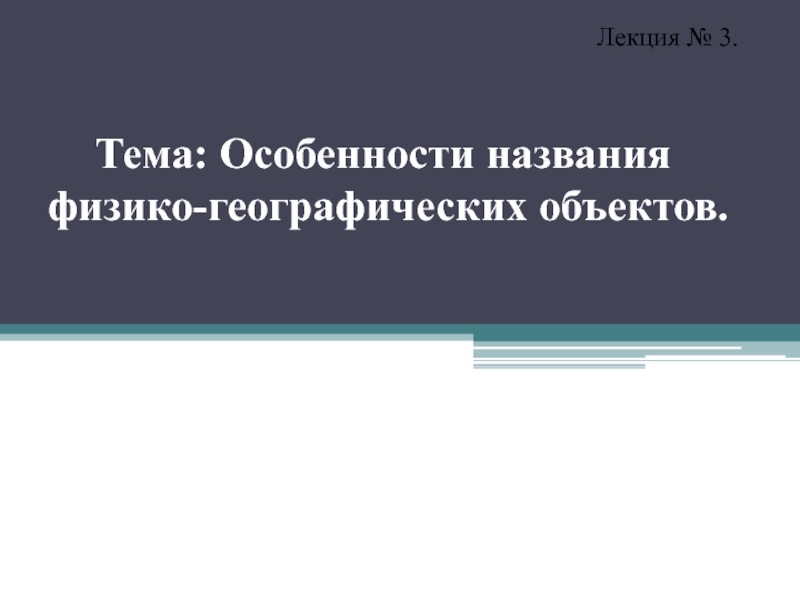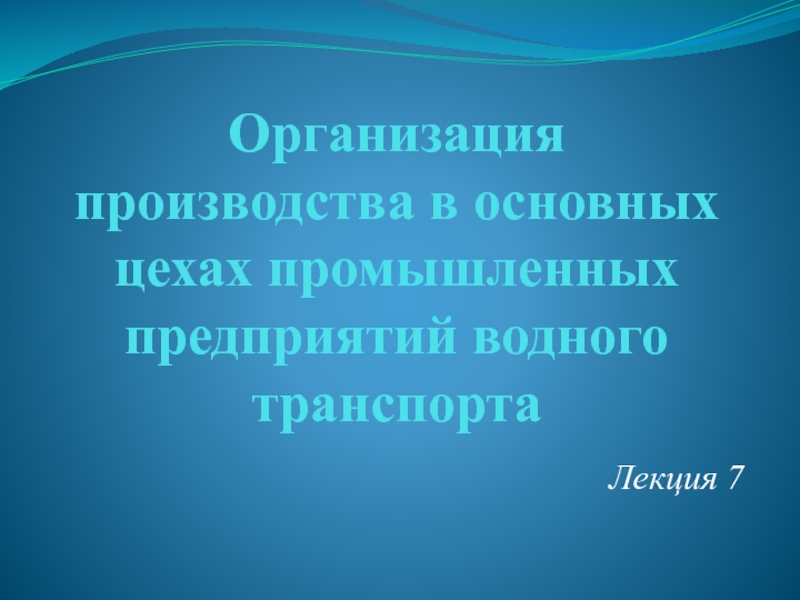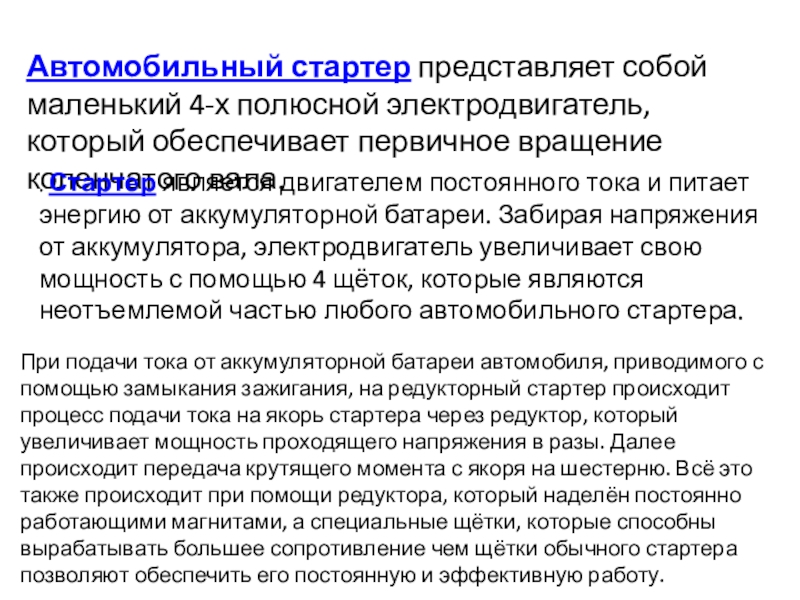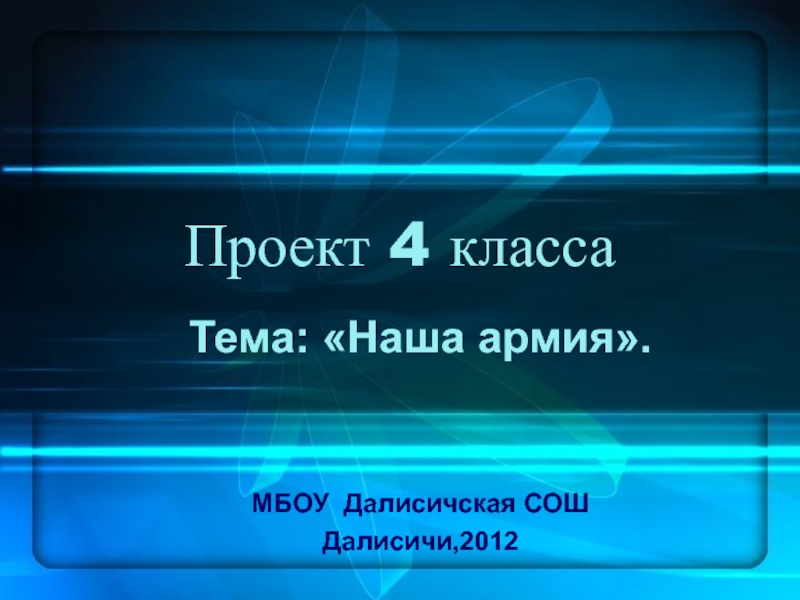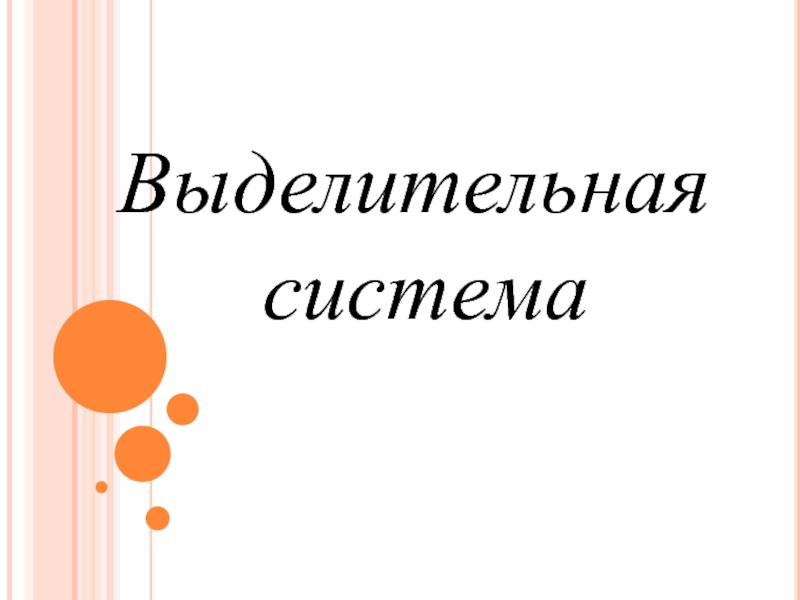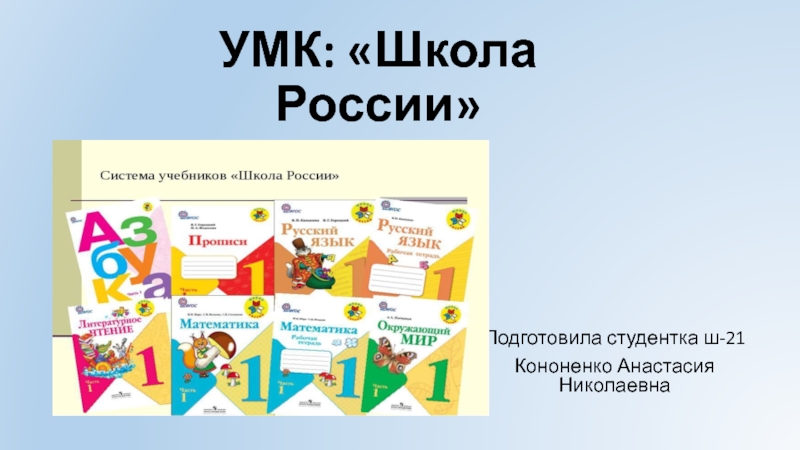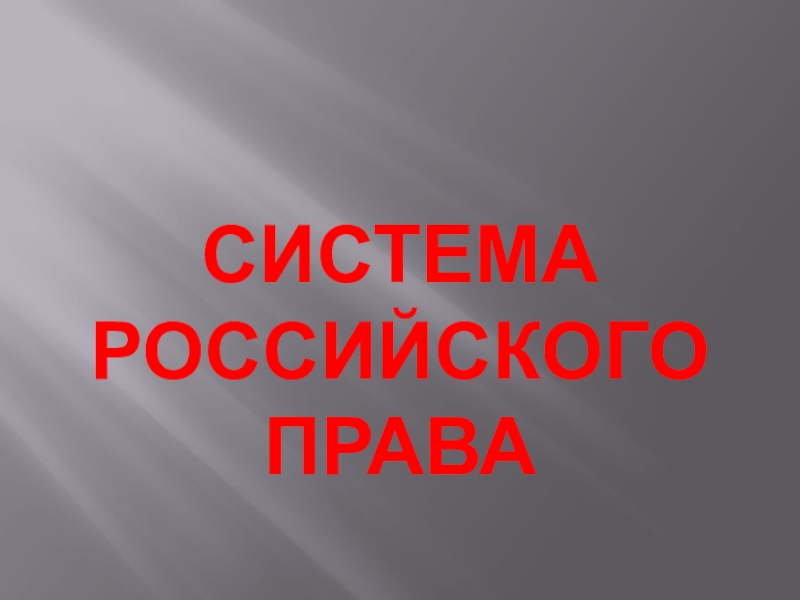around for more than 50 years, and although it is
one of the most trusted brand names, the business had been trending downward since 1999. Its annual domestic sales were more than $1 billion but despite this leadership status, Tylenol had lost over two share points since 2005 (IRI, All Outlets 2007, 2008). To put that into context, each share point is roughly equivalent to $37 million (IRI FDTKS). It was an old brand that needed new life.The Business Challenge: Do More With Less
Tylenol appeared to be a mega-brand on paper, but it certainly wasn’t showing up in the world that way. Since it houses several sub-brands that compete in different pain states (e.g., Tylenol Arthritis, Tylenol PM, Tylenol Cold, Children’s Tylenol), the master brand’s footprint was weakened and the media spend was diluted. Beyond supporting multiple sub-brands/targets, we were challenged with supporting multiple initiatives, such as the 2008 Olympics and our NASCAR partnership. We had no new significant product innovations to help create news.
Our competitors, competing in far fewer pain states, were significantly outspending us—sometimes by ninefold (TNS Strategy 2007). We faced increasing competitive pressure from private label products as they were beginning to act more and more like brands—with marketing communications support and product innovation.
